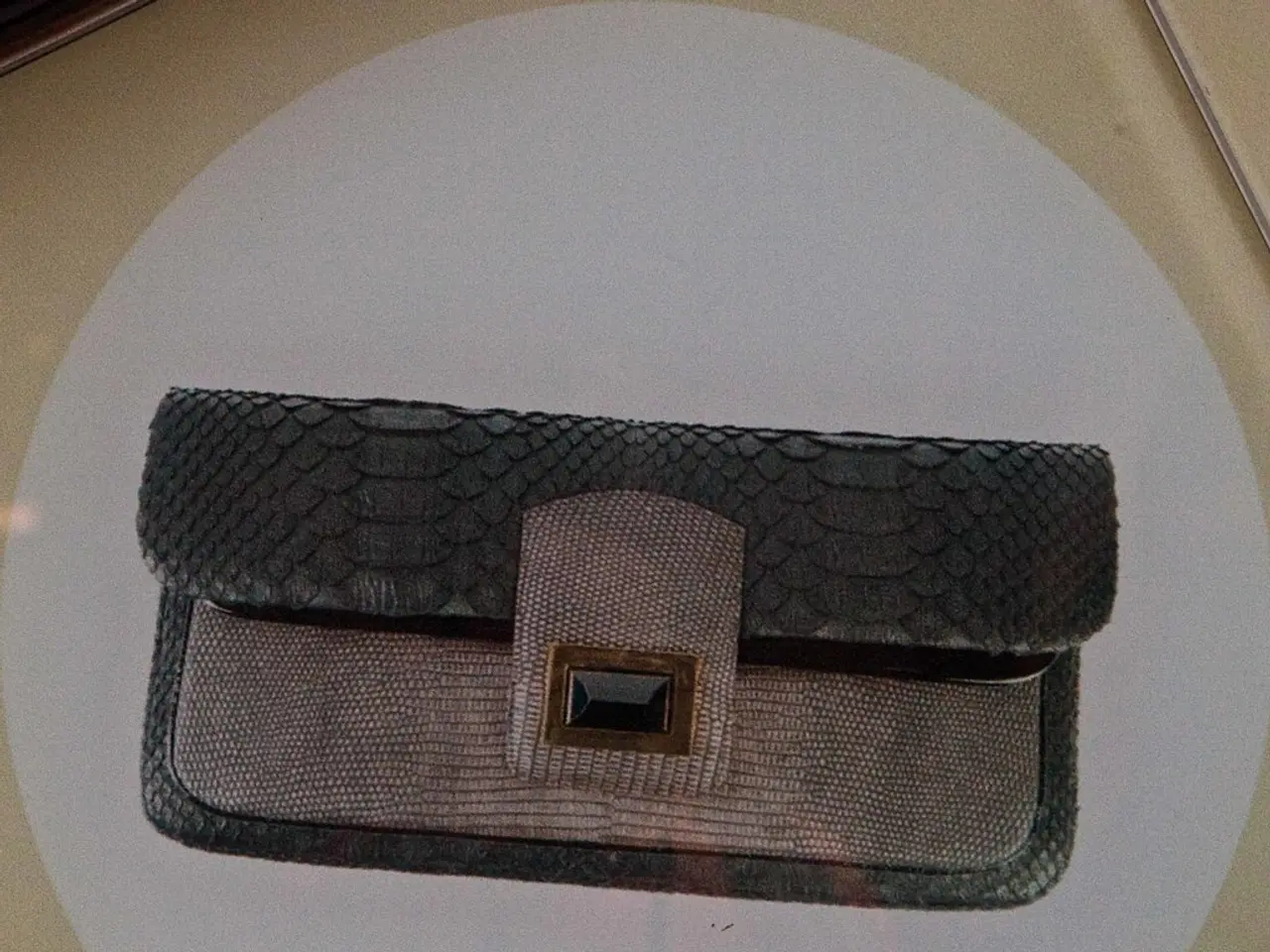Augmented reality significantly transforms the shopping experience
In 2025, augmented reality (AR) technology has become a mainstream innovation in the retail fashion and beauty industries. AR try-on solutions, available on smartphones and smart mirrors, are now commonplace, both online and in physical stores, revolutionizing the shopping experience.
In the world of fashion, AI-powered AR technology simulates how clothes fit and move on diverse body types, thanks to 3D body segmentation and pose estimation. This results in highly personalized experiences, such as dynamic outfit generation and realistic garment layering. In physical stores, AR smart fitting rooms enable customers to try multiple outfits without changing clothes, seamlessly blending physical and digital shopping. This approach provides valuable inventory and preference data to retailers.
The beauty sector has also embraced AR, with real-time virtual makeup try-ons becoming the norm. Major companies like L’Oréal and Google have developed apps that overlay lipstick, foundation, and full-facial makeup on users’ live images. These platforms support a wide range of skin tones and features, allowing users to experiment with products effortlessly before buying. Google integrates virtual try-ons directly into Search and Shopping, marked by “Try On” badges for easy access.
Looking ahead, the future potential of AR in fashion and beauty retail includes the broader adoption of "digital twins"—virtual replicas of physical garments that can be used for traceability, resale, and cross-platform use in metaverse environments. This trend is predicted to grow by 40% year-over-year in 2025, indicating the merging of physical and digital inventory management and consumer engagement.
As generative AI continues to improve, AR experiences will become even more photorealistic, personalized, and interactive, further transforming the retail landscape by bridging the gap between online convenience and physical experience.
The AR revolution in fashion and beauty is also inviting smaller retailers to go exclusively online. The future of shopping may involve consumers being able to imagine the world around them and then make that image a reality with AR-enabled devices. AR technology is helping smaller retailers exhibit their clothing and makeup products in a similar way to larger brands, democratizing the market.
High street companies and big-name brands such as IKEA are also adopting AR technology. Target, an American discount retailer, has recently rolled out AR technology on its mobile website for shopping. The use of AR technology in ordering systems allows consumers to purchase items directly after trying them on virtually.
AR technology also contributes to reducing waste by allowing consumers to order items that fit correctly and are the correct color and texture. The statement is sourced by Cin-Yee Ho, head of Marketing & PR Europe at HiMirror.
In the future, small retailers could solely operate online due to the AR revolution in fashion and beauty, democratizing the market by allowing them to exhibit their products in a manner similar to larger brands. Additionally, the fashion and beauty industries can expect a 40% growth in the use of digital twins, virtual replicas of physical garments, in 2025, as AR technology advances and improves the photorealism, personalization, and interactivity of online shopping experiences.




